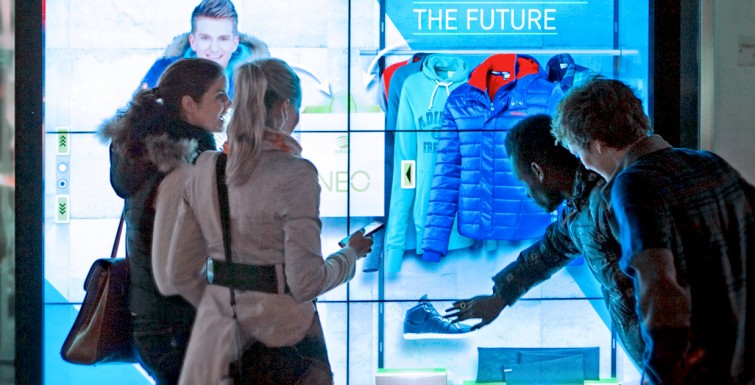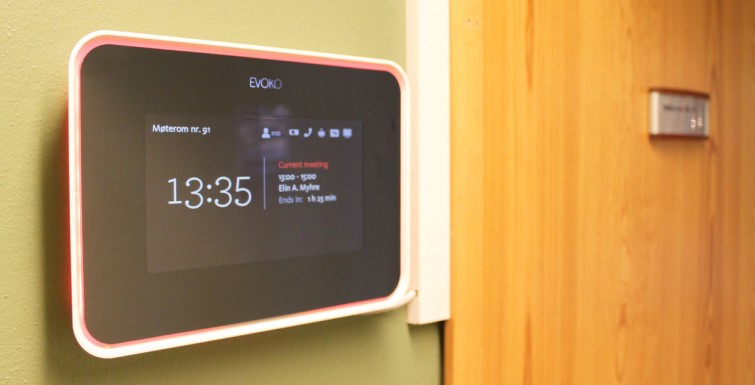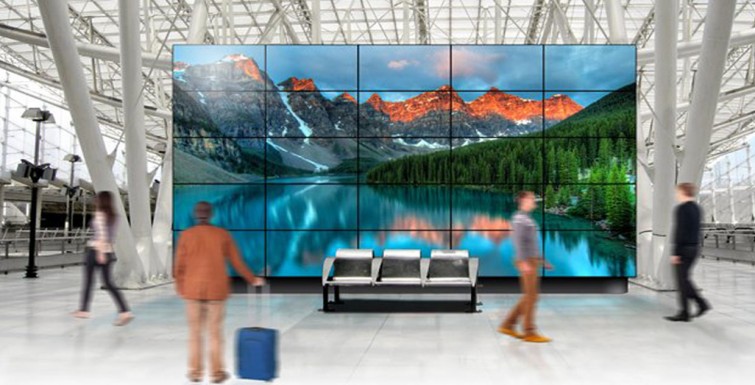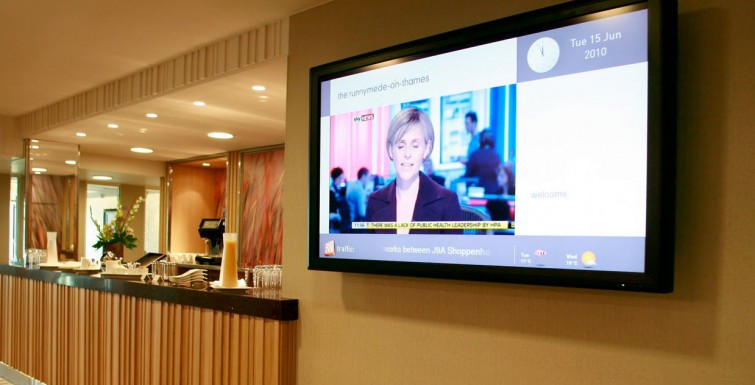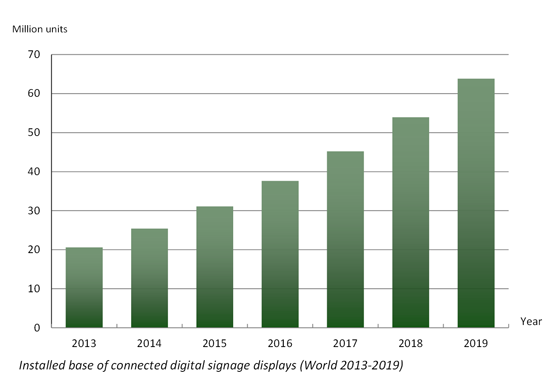The evolution of digital signage followed quite a linear path to where we are today. We first saw static imagery used for basic signage such as restaurant menus – at the time this was quite a breakthrough. It wasn’t long until video content was part of the mix. Explosive growth of video content was driven by affordable management and authoring tools that were increasingly easy to use. The next step in this evolutionary progression – and we’re already heading down this path — is interactivity.
The single-most important tool driving the next wave of interactive digital signage is HTML5, which opens up near-limitless possibilities for customer engagement. It enables a rich viewing experience that builds on the interactivity popularized by today’s smartphones and tablets. HTML5-authored content takes advantage of touch interactivity, including the ability to tap, swipe, pinch and zoom. This is an important breakthrough, as people are now engaging with signage displays in the same way they interact with their own personal devices. This marks a significant point in the evolution of digital signage. People are no longer viewers of digital signage, they’re participants. The ability of the viewer to self-navigate signage content ensures a highly personalized experience, creating a vital touchpoint between proprietor and customer. They’re engaging directly with the content and as a result their comprehension and retention of the signage increases dramatically. This increased brand engagement is music to marketers’ ears because in most cases deeper brand engagement translates to increased sales.
Beyond the touch interaction described above, HTML5 delivers other extremely rich experiences for applications like the “endless aisle” in retail, powerful wayfinder solutions and real-time social media applications. And what’s especially impressive is that we’ve really just begun to see what HTML5 is capable of. The new generation of media players allows for the use of the flexible HTML5 authoring combined with superior media handling. The new media processors allow for smooth video playback, chroma/luma keying (green screen-type media composition) eliminating the typical “browser” experience with HTML5 video playback. But regardless of what the future holds, it’s clear that HTML5 is changing the way proprietors use digital signage to engage their customers.


